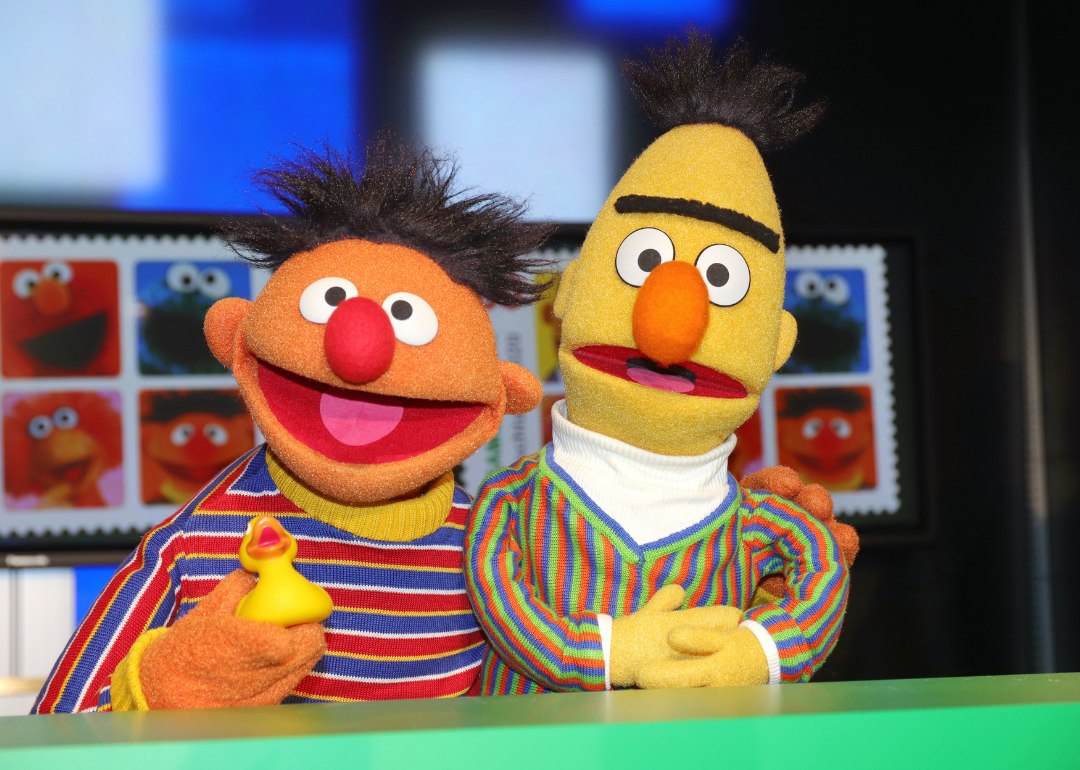
10 beloved public television shows that entertained and educated
This story originally appeared on HeyTutor and was produced and distributed in partnership with Stacker Studio.
10 beloved public television shows that entertained and educated
Public television's place is "to serve the actual young and the forever young, the open and curious, those who still want to learn," Boston's WGBH longtime production chief Peter McGhee said in 2002. Though he made this statement decades ago, these words remain true today.
The idea of broad and free education goes back to the United States' earliest days. Thomas Jefferson and Horace Mann believed it would uplift society and be a bedrock for self-government. As broadcast media developed, the shared destinies of broadcasting and education materialized.
In the 1920s, the Federal Radio Commission asserted the need for broadcasting to serve the common good and created education radio stations in various colleges and universities. By 1969, PBS emerged in a society where 97% of American households had a TV, preschoolers watched 27 hours of it every week, and programming was a "vast wasteland," according to former Federal Communications Commission chairman Newton Minow.
With the birth of PBS came programming aimed at young children with more than just vaudevillian Howdy Doody-esque entertainment in mind. Shows like "Sesame Street" and "Mister Rogers' Neighborhood" broke racial barriers and pioneered a way of engaging children as people capable of understanding and learning about complex topics. Their success also paved the way for shows that successfully marry education and entertainment in later decades, many of which—including "Cyberchase" and "Dragon Tales"—would become classics in their own right.
Gradually, more diverse programming and technological advances gave rise to many of the shows on PBS today. But for kids in the '80s, '90s, and early aughts, some PBS shows—many of which have been discontinued or iterated on in new ways— remain unforgettable hallmarks of their childhoods. To commemorate some of these programs and celebrate their impact, HeyTutor created a list of educational public television shows spanning several decades that captured kids' imaginations, drawing from critics' reviews and news reports.
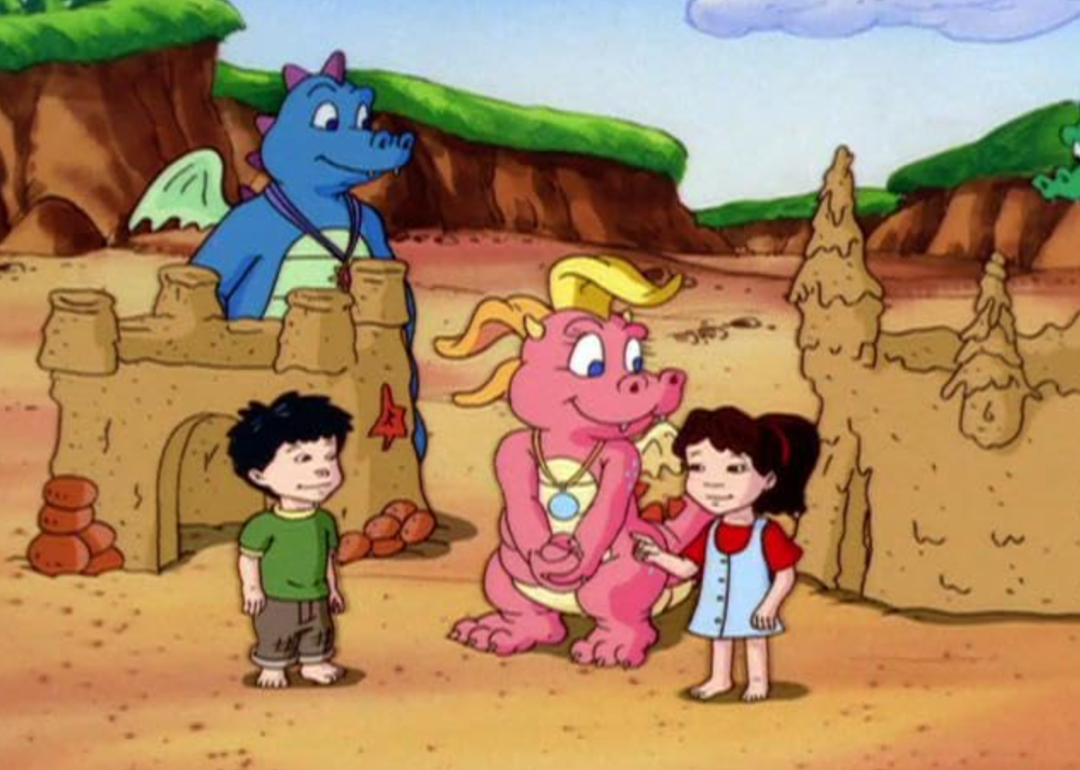
Dragon Tales
"Dragon Tales" features young Mexican American siblings Emmy and Max, who find a magic dragon scale that allows them to visit the Dragon Land. There, they become friends with a group of playful dragons and embark on a series of adventures.
The animated show aired between 1999 and 2005 and focused on educating kids about creative ways to solve problems, the importance of community and friendship, and approaching the world with curiosity. Interspersed with Spanish-language elements and education, "Dragon Tales" was made for kids ages 3 to 6.
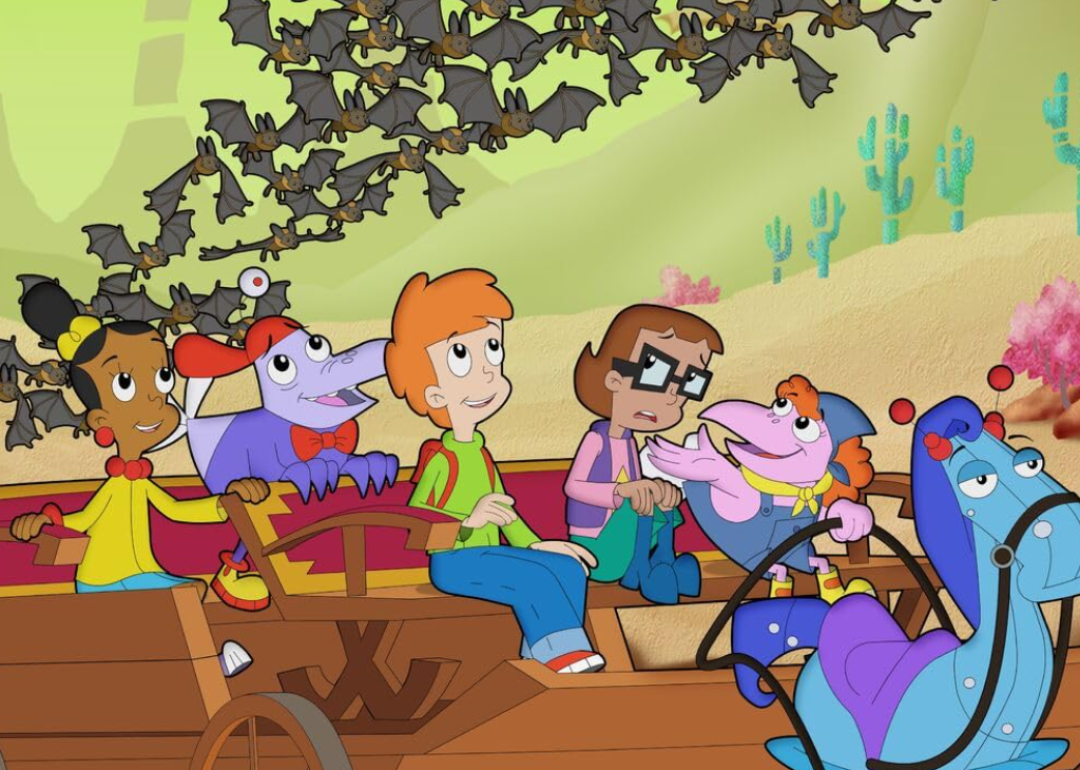
Cyberchase
"Cyberchase" started airing in 2002 and is on its 14th season. The animated show centers around three kids—Jackie, Inez, and Matt—using math to prevent the villainous Hacker from taking over Cyberspace. Each episode ends with a live-action segment in which hosts Harry and Bianca teach math concepts and discuss their real-world applications.
Geared toward kids between 6 and 8, "Cyberchase" has been a fixture of public television for decades, winning multiple Emmys and engaging children with its lovable characters and exciting action-based plot.
Entertainment value is not the show's only calling card, however. Its educational value has also been extensively studied, particularly in the realm of increasing kids' interest in math and problem-solving. In recent seasons, the show has incorporated important themes like climate change and environmental responsibility.
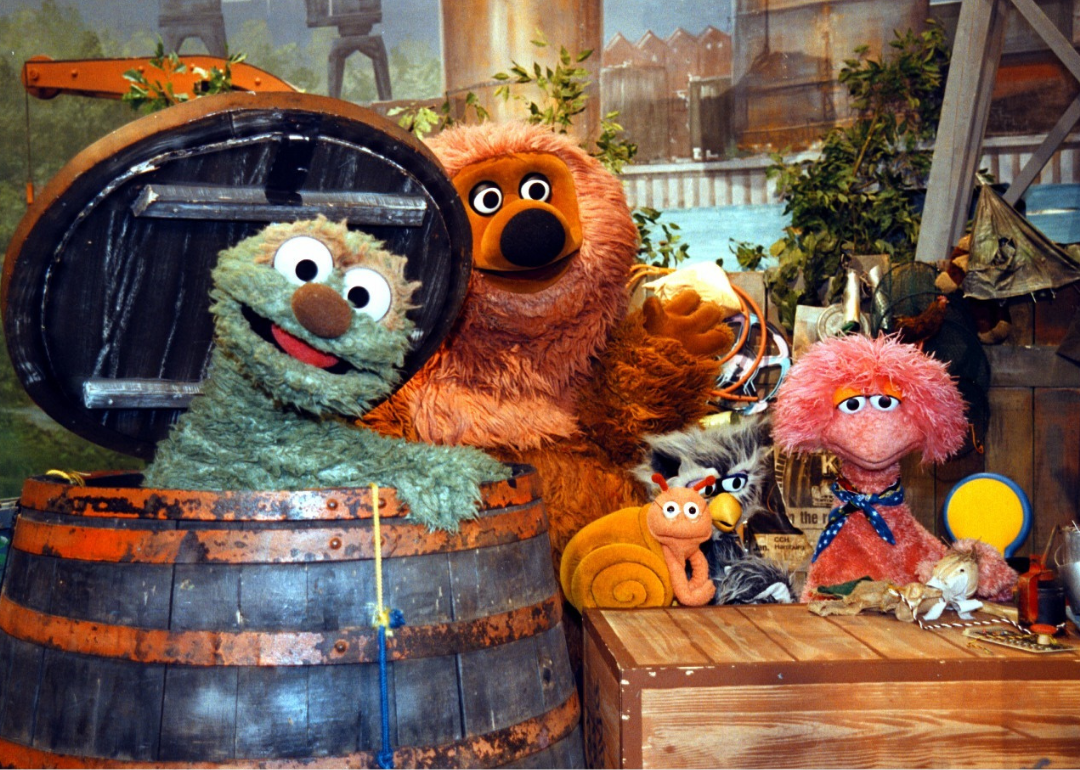
Sesame Street
This legendary kids' show is the longest-running in history; it first premiered in 1969 with an intentionally integrated cast and is still in production today. With more than 50 seasons in its library, "Sesame Street" takes place in a world inhabited by humans and Muppets (created by Jim Henson).
The show is geared towards very young children, but has tidbits that adults appreciate, too, like appearances from popular bands, celebrities, and political figures. Over the years, beloved characters like Elmo, Big Bird, and Oscar the Grouch have transcended the show itself and become household names.
Though the structure of "Sesame Street" has changed over the years, it has always balanced entertainment with education, teaching kids straightforward lessons about how to count and learn the alphabet, as well as less tangible concepts like finding beauty in diversity and developing a love of learning. Over the years, studies of the show have concluded that kids who watched "Sesame Street" went on to do better in school than kids who didn't, in general.
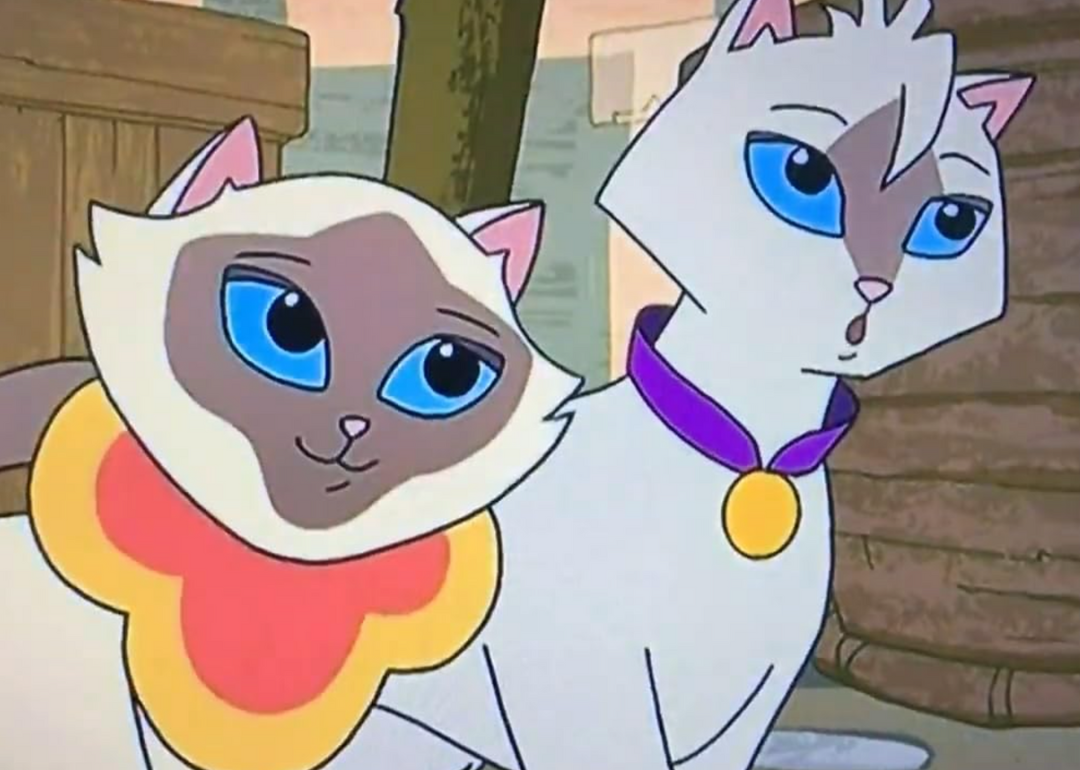
Sagwa, the Chinese Siamese Cat
Based on the children's book "The Chinese Siamese Cat" by "The Joy Luck Club" author Amy Tan, "Sagwa" was a short-lived show that aired for one season beginning in 2001. Despite its brief airtime, the animated show made a big impression on young viewers.
"Sagwa" takes place sometime during the late Qing dynasty and follows the titular Sagwa, a young Siamese cat, her cat siblings, and the humans who live in the palace as she navigates growing up and learning about the world. The show, whose theme song is in English and Mandarin, educated young audiences about Chinese history, language, and culture.
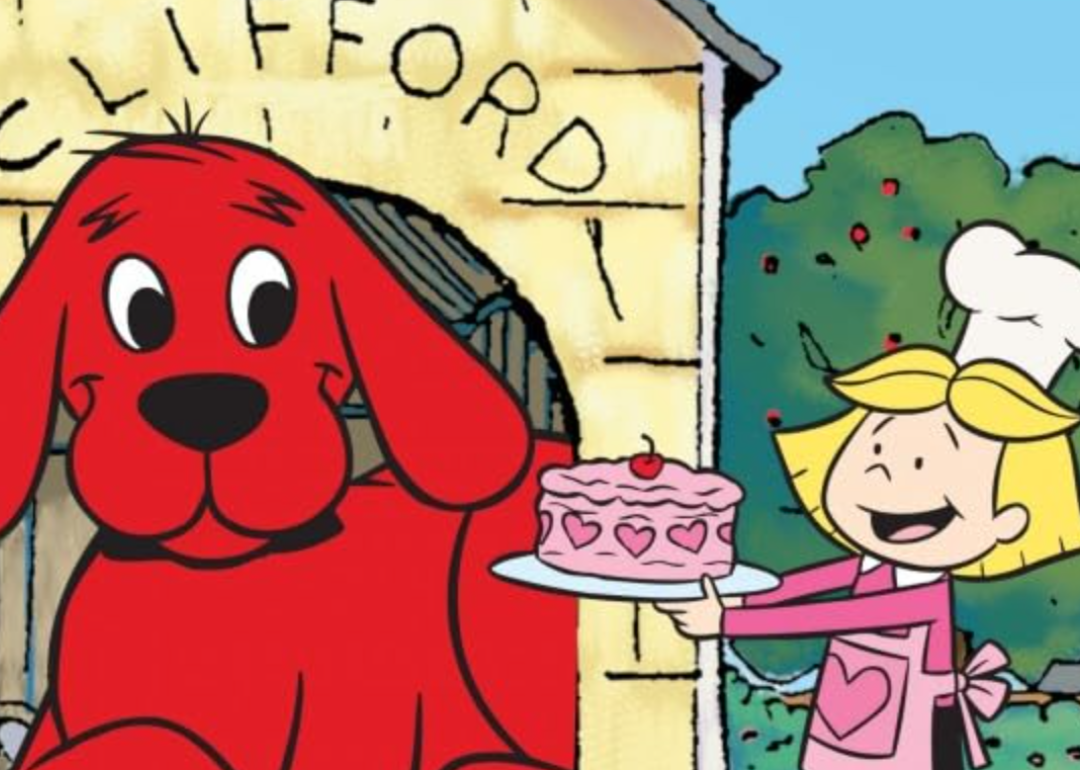
Clifford the Big Red Dog
This iconic show followed Emily Elizabeth and Clifford, her enormous, bright red dog, and their human and dog friends. Clifford grew to be massive due to Emily Elizabeth's love for him.
Airing for a few years beginning in 2000, "Clifford" taught children about growing up, the value of community, and being kind to others. The show was based on a book series of the same name by Norman Bridwell and inspired the spinoff series "Clifford's Puppy Days," a reboot in 2019, and a 2021 live-action movie adaptation.
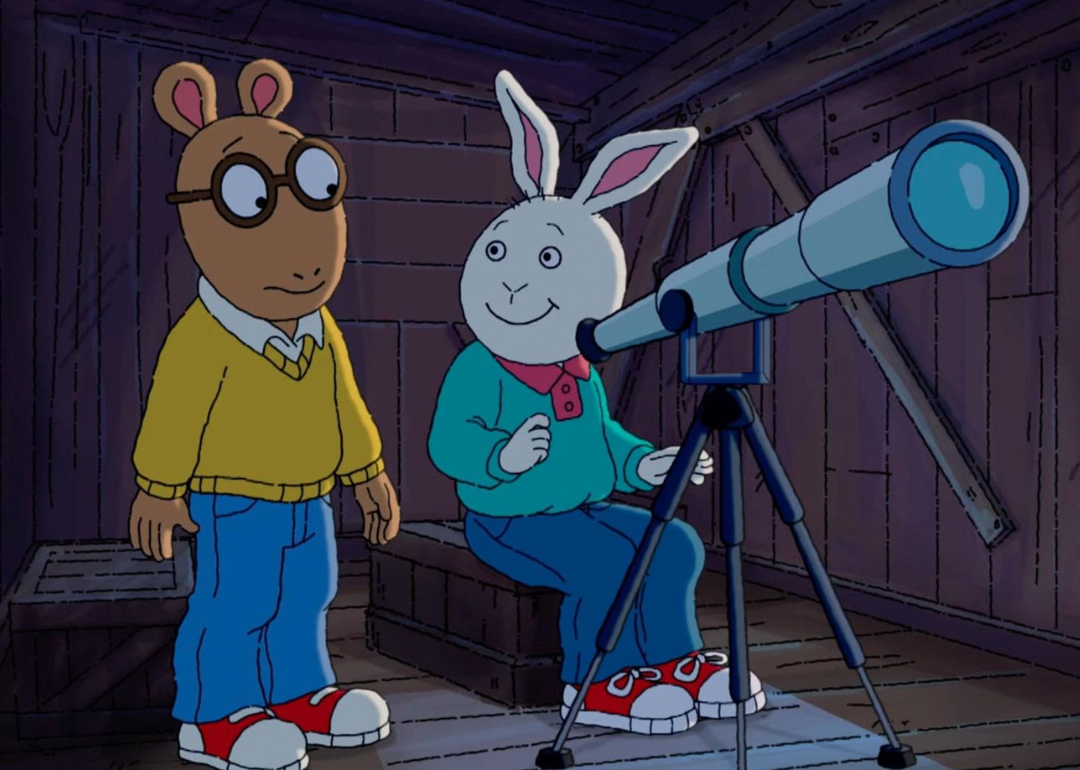
Arthur
"Arthur," the animated children's show centered around a young aardvark and his family and friends, ended in 2022 after 25 seasons—the longest of any animated kids' show in history. The series educated kids about navigating hurt feelings, bullying, and complicated familial and friend relationships through the proxies of Arthur, D.W., Buster, and other animals who endeared themselves to kids by being relatable.
"Arthur" was so popular that dozens of celebrities, from the Backstreet Boys to Lance Armstrong, appeared as animated guests on the show.
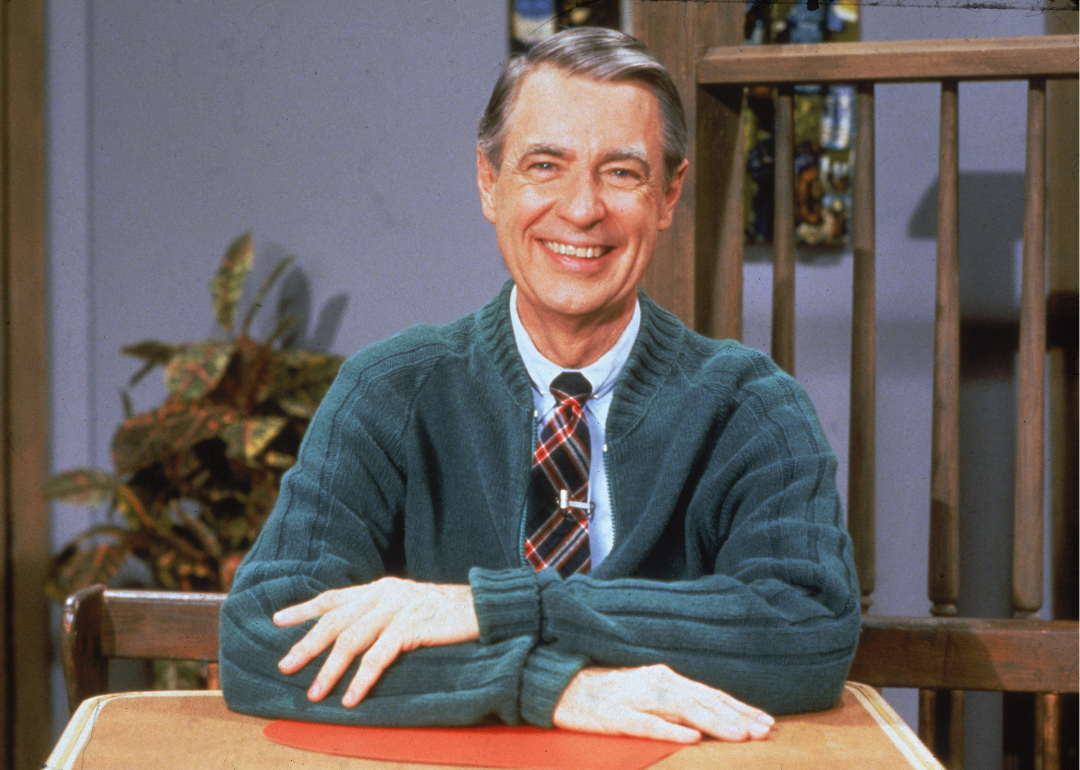
Mister Rogers' Neighborhood
"Mister Rogers' Neighborhood" ran from 1968 until 2001, but the show's legacy and that of its host have persisted. The program's host was Fred Rogers, a gentle and compassionate man known for his cardigan and his unwavering kindness to everyone. In each episode, Mr. Rogers would interact with various characters in his neighborhood and discuss a different theme. A puppet-based segment, set in the Neighborhood of Make-Believe, would break up the show into parts.
Known for diving into complex topics that many other children's programming avoided, Mr. Rogers touched on how to deal with negative emotions and difficult things happening in the world. Unlike the educational lessons highlighted in other shows, "Mr. Rogers' Neighborhood" focused on teaching kids to foster relationships and empathy with and for others.
One of its oft-cited episodes involved Rogers and African American Officer Clemmons washing their feet in a shared tub, a subtle way of challenging segregation. The spinoff series "Daniel Tiger's Neighborhood" features Daniel Tiger, who wears a signature red cardigan similar to Rogers and sings a speedier version of the original show's theme song.
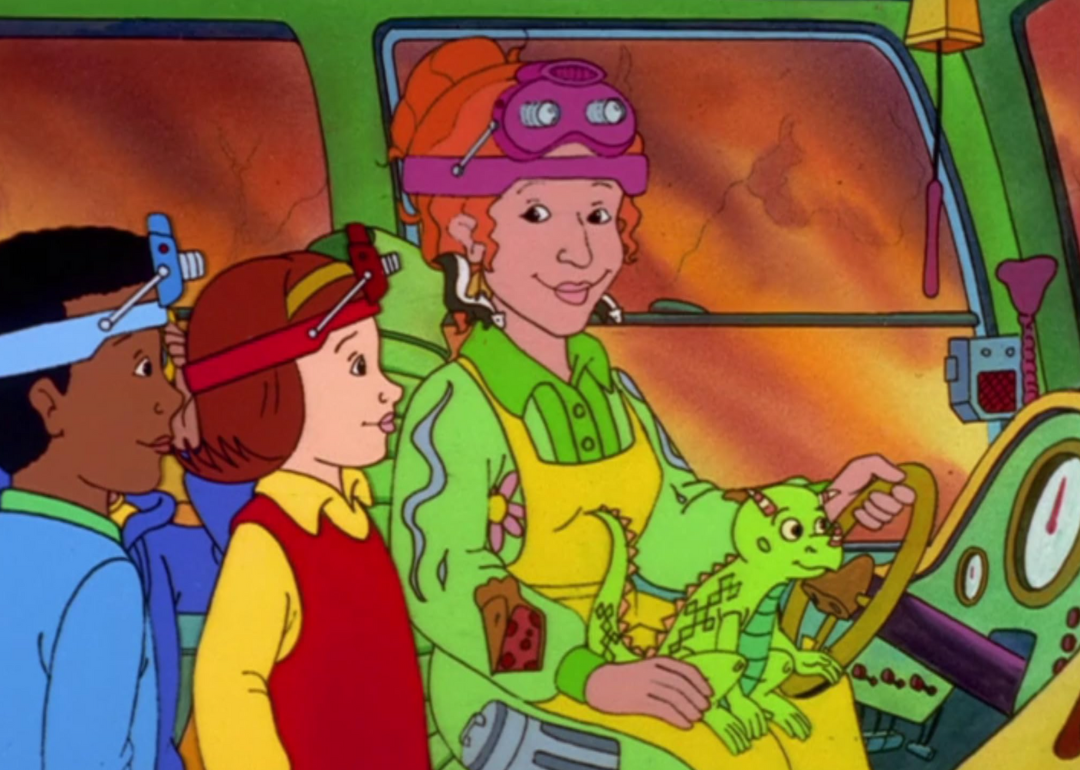
The Magic School Bus
"The Magic School Bus" is still popular despite going off the air in 1997. The animated show follows the quirky teacher Ms. Valerie Frizzle (voiced by Lily Tomlin) and her class of kids as they go on educational adventures in a school bus that can change shape and size and even time travel. Many of these antics involve getting out of sticky situations using science concepts, showing the real-world applications of classroom lessons.
Based on a kids' book series of the same name, the show explores places and times ranging from outer space to inside the body's immune system. "The Magic School Bus" has been praised for its ability to engage young audiences with science while encouraging curiosity and a willingness to make mistakes while learning.
Due to the show's enduring popularity, Netflix created a reboot series, "The Magic School Bus Rides Again," featuring Kate McKinnon as Fiona Frizzle, the original Ms. Frizzle's sister. Lily Tomlin's voice is still behind Valerie, who acquired a few advanced degrees and became Professor Frizzle.
However, the new show has not experienced the success of its predecessor; fans of the original series have panned the new show's visuals, pointing out that characters from "The Magic School Bus" with darker skin were whitewashed in the reboot. Viewers took aim at Ms. Frizzle's signature frizzy red hair, which was sleeker, mistaking Fiona for Valerie.
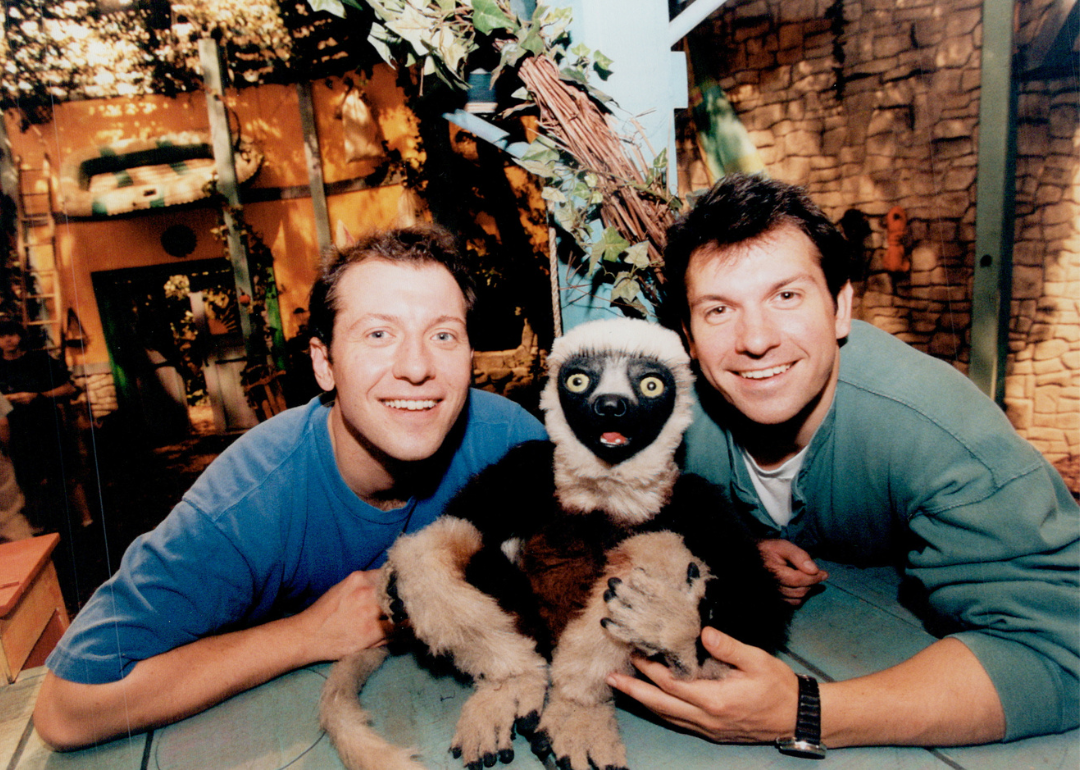
Zoboomafoo
This short-lived but fondly remembered show aired between 1999 and 2001. Featuring Zoboomafoo, the talking lemur (played by both a puppet as well as a real lemur named Jovian), and two zoologist brothers, Martin and Chris Kratt, "Zoboomafoo" introduced kids to animals from all over the world and taught them about the environment. Each episode centered around a mystery animal—upon its reveal, the brothers and Zoboomafoo would learn about the animal, its habitat, and more. Some watchers of the show have since credited it with encouraging a love for and interest in nature and the animal kingdom.
Since "Zoboomafoo" ended, the Kratt brothers have continued to work on other wildlife-focused shows—most famously, "Wild Kratts," a half-hour animated show featuring Martin and Chris who gain powers inspired by their creature friends thanks to their Creature Power Suits, invented by Aviva Corcovado.
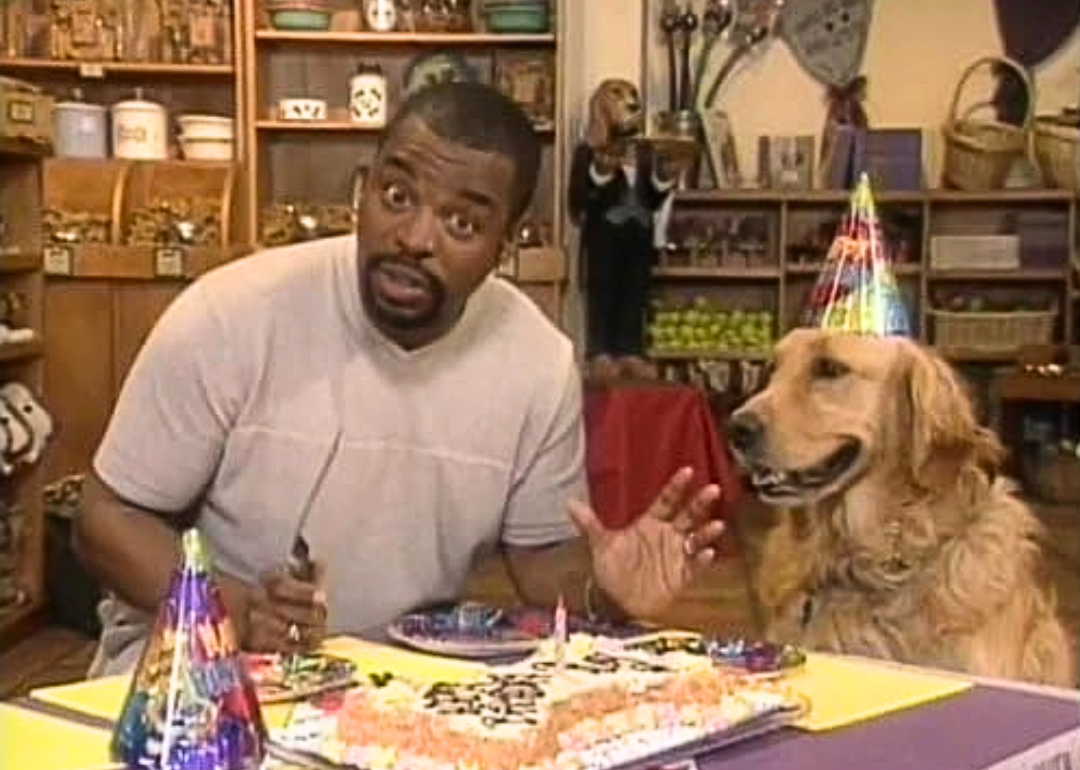
Reading Rainbow
Hosted by LeVar Burton over two decades, "Reading Rainbow" taught reading skills and a love of books to young audiences. The show, premiering in 1983, presented stories in an animated picture book format, read aloud by celebrities or other guests.
Originally, "Reading Rainbow" was conceptualized as a way for kids whose families couldn't afford to send them to summer camp to stay engaged with reading, according to Lynne Ganek, a writer on the show. While the show's scope expanded, literacy and instilling kids with a love of reading remained integral to its mission and eventual format. Burton continues to advocate for literacy. He launched a digital library of books and videos for kids and a reading podcast.
Story editing by Carren Jao. Copy editing by Kristen Wegrzyn. Photo selection by Abigail Renaud.



